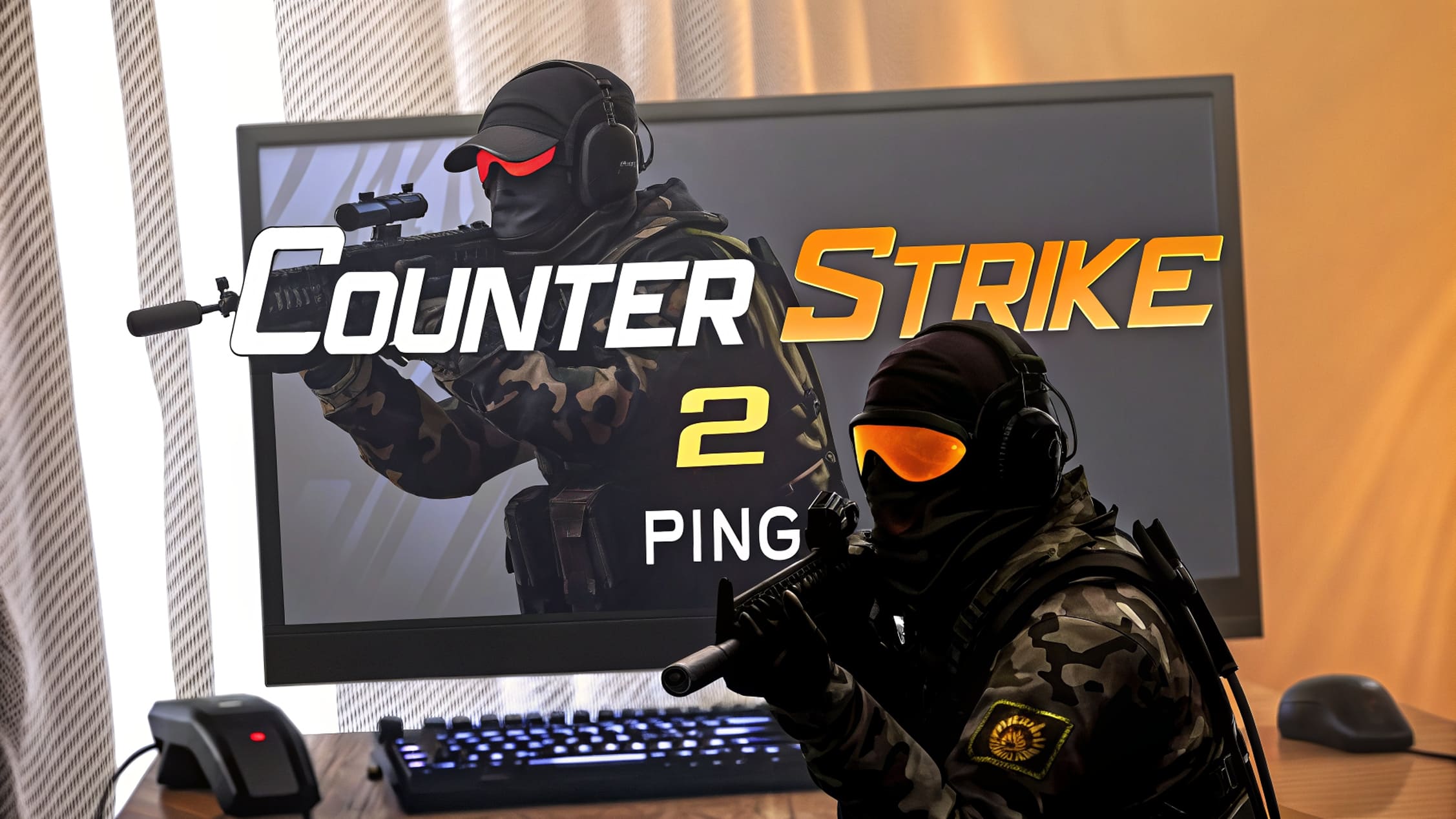How to Maximize FPS in Counter-Strike: Global Offensive (CS:GO 2)
Ensuring high frame rates in Counter-Strike: Global Offensive (CS:GO 2) is crucial for smooth and comfortable gameplay. This article covers various methods and settings to help you maximize FPS in CS:GO and improve your overall gaming experience.
1. Hardware Upgrades
Optimizing your system for modern gaming standards in CS2 involves several key steps to boost performance:
-
Component Upgrades: For smoother gameplay and to meet modern CS:GO requirements, consider upgrading your graphics card, processor, and RAM. Choosing optimal, compatible components will improve graphics quality, increase frame rates, and enhance your overall gaming experience.
-
Graphics Card: A powerful, up-to-date graphics card lets you enjoy high resolutions and more detailed textures in CS:GO. Select a card that supports DirectX 12 or newer to fully benefit from modern graphics technologies.
-
Processor: Upgrading to a more powerful CPU with more cores and threads can significantly boost in-game performance, especially during multitasking and multiplayer modes.
-
RAM: Increasing RAM allows your system to process game data more efficiently and reduces the chance of delays when loading new levels or textures.
-
Switching HDD to SSD: Replacing your hard drive with an SSD will speed up map loading and reduce texture load times. This also improves the overall responsiveness of your operating system.
Before upgrading, ensure all components are compatible with your motherboard and other system parts. Always back up important data before making hardware changes.
2. Graphics Settings
For the best experience, set your screen resolution close to your monitor’s native resolution. Avoid exceeding your monitor’s physical capabilities, as this can overload your graphics card and lower performance.
Balancing visual quality and performance is key. If you experience performance issues, lower graphics settings such as texture quality, detail level, shadows, and special effects. Consider disabling or reducing anti-aliasing, which can be resource-intensive. Test and adjust settings for each game to achieve the best performance without sacrificing visuals.
3. Game Launch and System Parameters
Launching the game with console commands allows for precise parameter adjustments. Use launch options like "-novid" to skip intro videos and "-high" to increase the game process priority, which can improve performance.
Keep your drivers up to date. Installing the latest graphics and system drivers can greatly impact game stability and performance. Regular updates often include optimizations and bug fixes for newer games.
4. Console Commands and Settings
Configuring in-game parameters can significantly affect your experience and system performance:
-
fps_max: Limits the maximum FPS generated by your graphics card. Setting a reasonable cap helps avoid unnecessary load on your hardware and keeps gameplay smooth.
-
cl_forcepreload 1: Preloads map textures to reduce in-game stuttering.
-
r_dynamic 0: Disables dynamic lighting, increasing performance, especially on weaker systems, but may reduce visual quality.
Back up your current settings before making changes. Test and adjust parameters to match your system and visual preferences.
5. Third-Party Applications
Optimizing FPS in PC games is essential for smooth gameplay. Use FPS optimizers like "Game Booster" to automatically optimize your system before launching games, including CS2. These tools can suspend background processes and free up resources, leading to increased FPS.
Monitor your system’s performance during gameplay using dedicated apps to track FPS, CPU, and GPU usage. This helps identify bottlenecks and optimize accordingly. Adjust in-game graphics settings as needed for the best balance between visuals and performance.
6. Cooling and Thermal Management
Maintaining optimal component temperatures is vital for efficient computer operation. Ensure internal components are properly cooled, and vents and fans are free from dust. Use cooling systems or additional fans if needed. Regularly clean your PC to prevent dust buildup, which can hinder airflow and increase temperatures.
By keeping your system cool and clean, you ensure stable operation, better performance, and longer hardware lifespan.
Conclusion
By following these tips and settings, you can effectively boost your FPS in CS:GO 2, ensuring optimal conditions for smooth and comfortable gameplay. The best settings may vary based on your hardware, so experiment to find the ideal balance between performance and visual quality.

